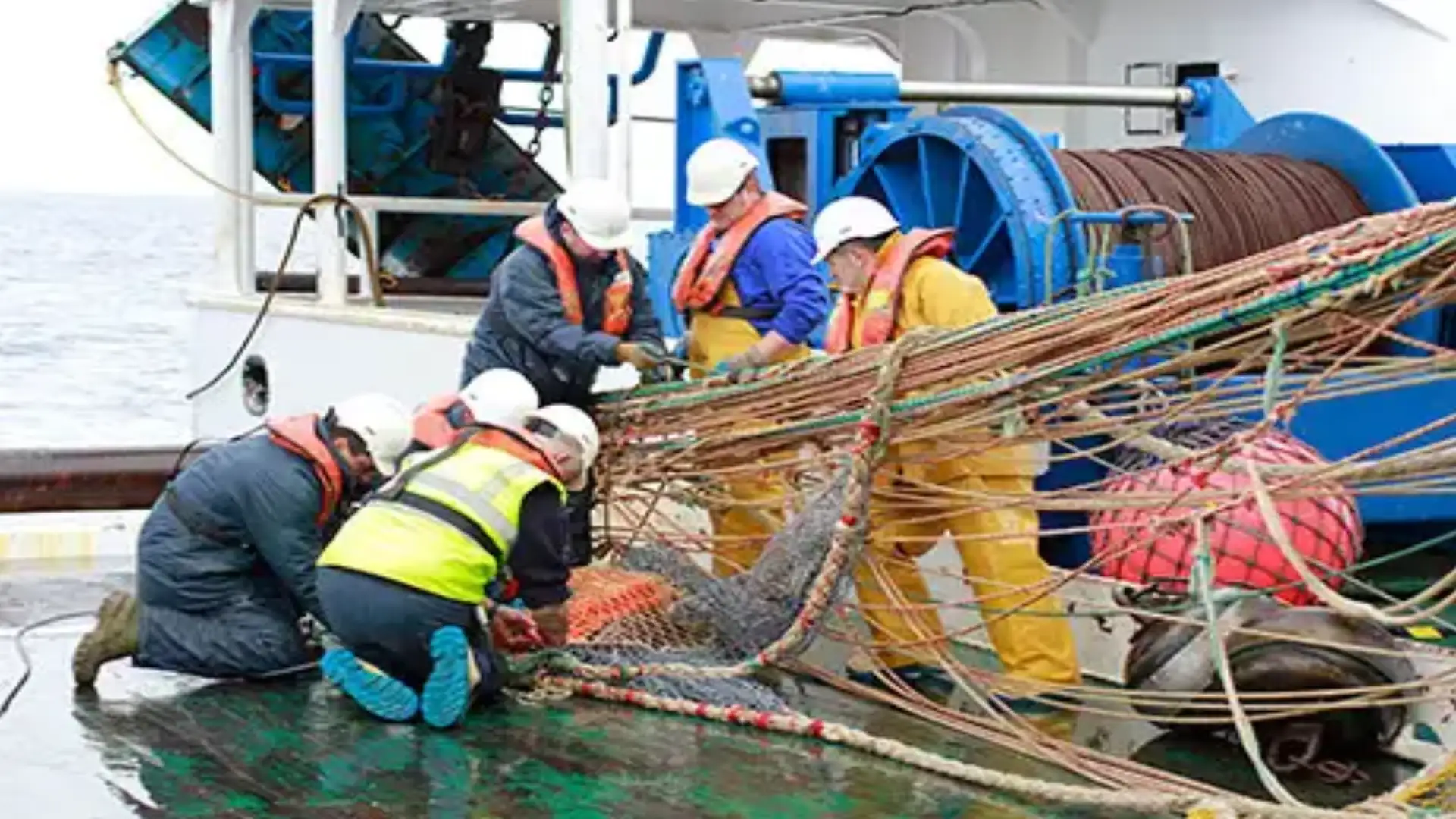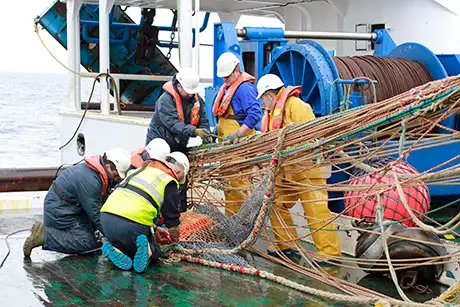
The IEO will study the distribution and abundance of sardine in Galicia and Gulf of Vizcaya
The IEO will study the distribution and abundance of sardine in Galicia and Gulf of Vizcaya

Two oceanographic campaigns will be carried out in which the mackerel, horse and other pelagic fish stocks will also be evaluated.
Researchers of the Oceanographic Centres of Vigo, Santander, A Coruña, Baleares, Gijón, Málaga and Cadiz of the Spanish Institute of Oceanography (IEO) will carry out two oceanographic campaigns during the months of March and April to collect the information that will allow to estimate the biomass of the populations of sardine, mackerel and jurel, among other species. This Thursday the "Sareva" campaign begins, as part of a coordinated initiative with Portugal, to estimate the sardine biomass of the Ibero-Atlantic stock through the egg production method, a study that is carried out every three years. This methodology involves estimating the total production of eggs of these species during their laying period, a parameter that is related to the biomass of the reproductive stock, thus allowing an estimate of the population size.
The campaign, which will leave the port of Vigo on the oceanographic vessel "Vizconde Eza," belonging to the General Secretariat of Fisheries, and coordinated by Isabel Riveiro, researcher of the Oceanographic Centre of Vigo, will return to the same port on 15 April, following intensive sampling in several hundreds of stations where, in addition to sardine eggs, other commercial species such as jurel and mackerel will be quantified and the environmental conditions in which they are developed will be recorded. The campaign is complemented by the campaign "Pelacus," led by Pablo Carrera, also a researcher at the Oceanographic Centre of Vigo, and started last week in Vigo by the Spanish Institute of Oceanography on board the oceanographic vessel Miguel Oliver, also belonging to the General Secretariat of Fisheries.
This campaign is aimed at the study of the same species, but for this purpose acoustic methods are used, which allows to relate the intensity of the echo to the number of fish detected by the probe. Both campaigns will provide the necessary data for the International Council for the Exploration of the Sea (ICES) working group responsible for the assessment of the sardine population to prepare the recommendations for fisheries managers.
© 2024 Nautica Digital Europe - www.nauticadigital.eu











